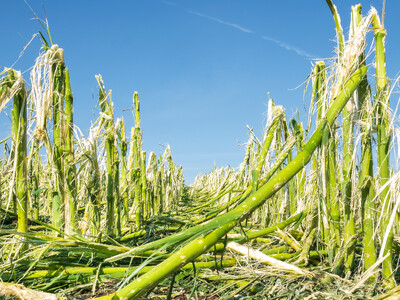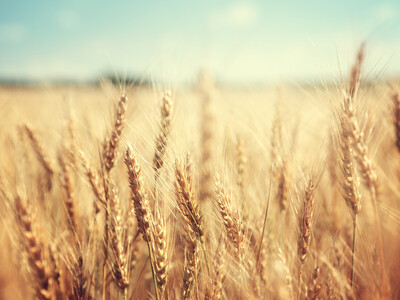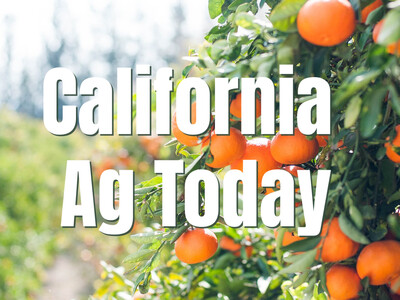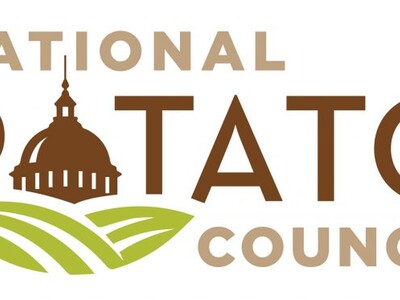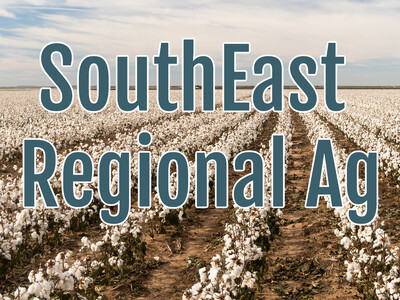Agroforestry
Agroforestry Practices. I'm Greg Martin with today's Line On Agriculture.Where I currently live trees are a bit of an oddity since it's high desert area but elsewhere trees play an integral part of adding value to lands. Andy Mason director of the National Agroforestry Center
MASON: If you have perennial buffers, tree based buffers, strategically located along a field edge, along the stream so you have a buffer between your row crop agriculture and your waterways. You're going to make that water cleaner. Not only up there in the community near the farm but downstream.
Mason says it also reduces greenhouse gas emissions and creates more resilient agricultural lands to things like drought and flooding.
MASON: Just think about tree based buffers, they can serve as a sponge. When you have a flood event they can hold water - release it more slowly and those trees on a field edge during a drought can also protect those crops from those drying winds.
He says that demonstration sites are very important.
MASON: Many landowners are not aware of agroforestry, about the opportunity and to be candid, within USDA and even not all the people in outfield offices or service centers are not familiar with agroforestry. We need more, we need them strategically located and we need to identify these innovative landowners that are well respected in their communities and peer-to-peer learning. Getting landowners talking to landowners.
Visit their site usda.gov/agroforestry.
That's today's Line On Agriculture. I'm Greg Martin on the Ag Information Network.




